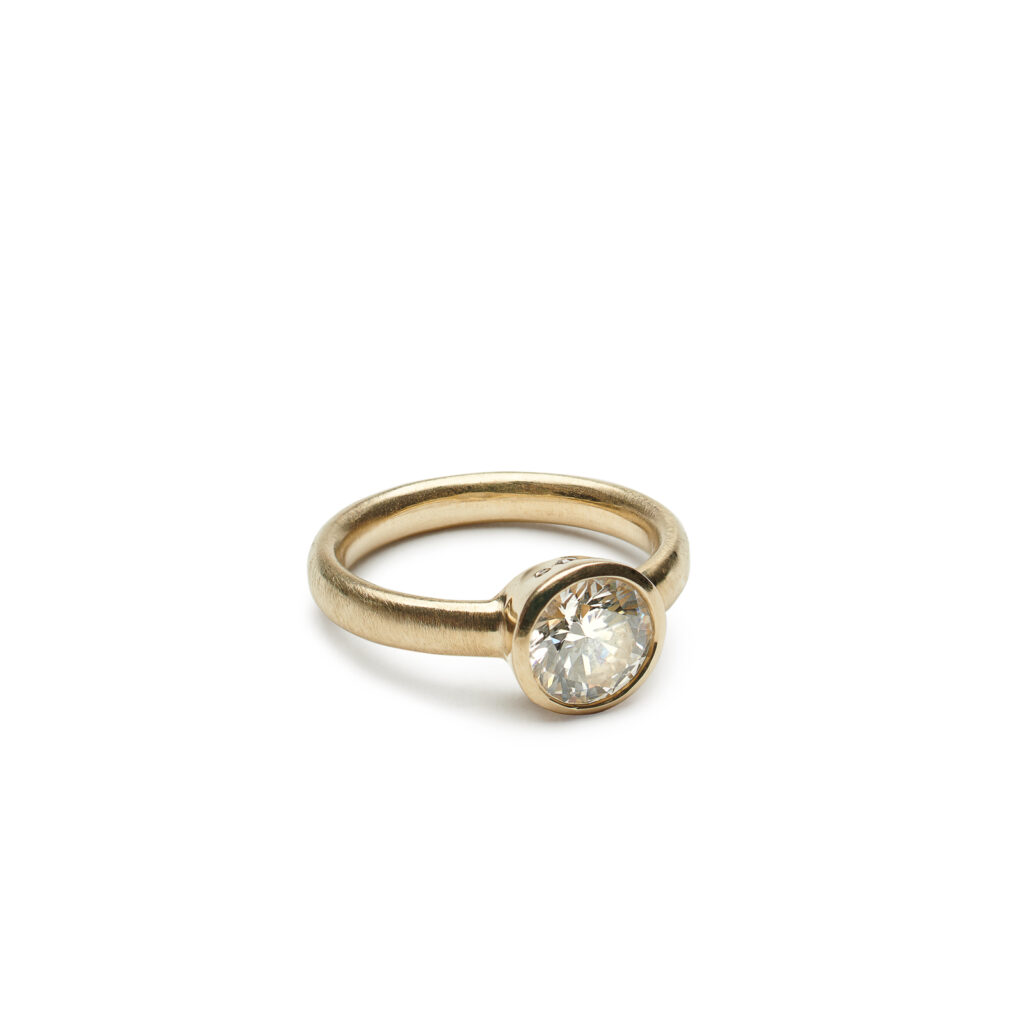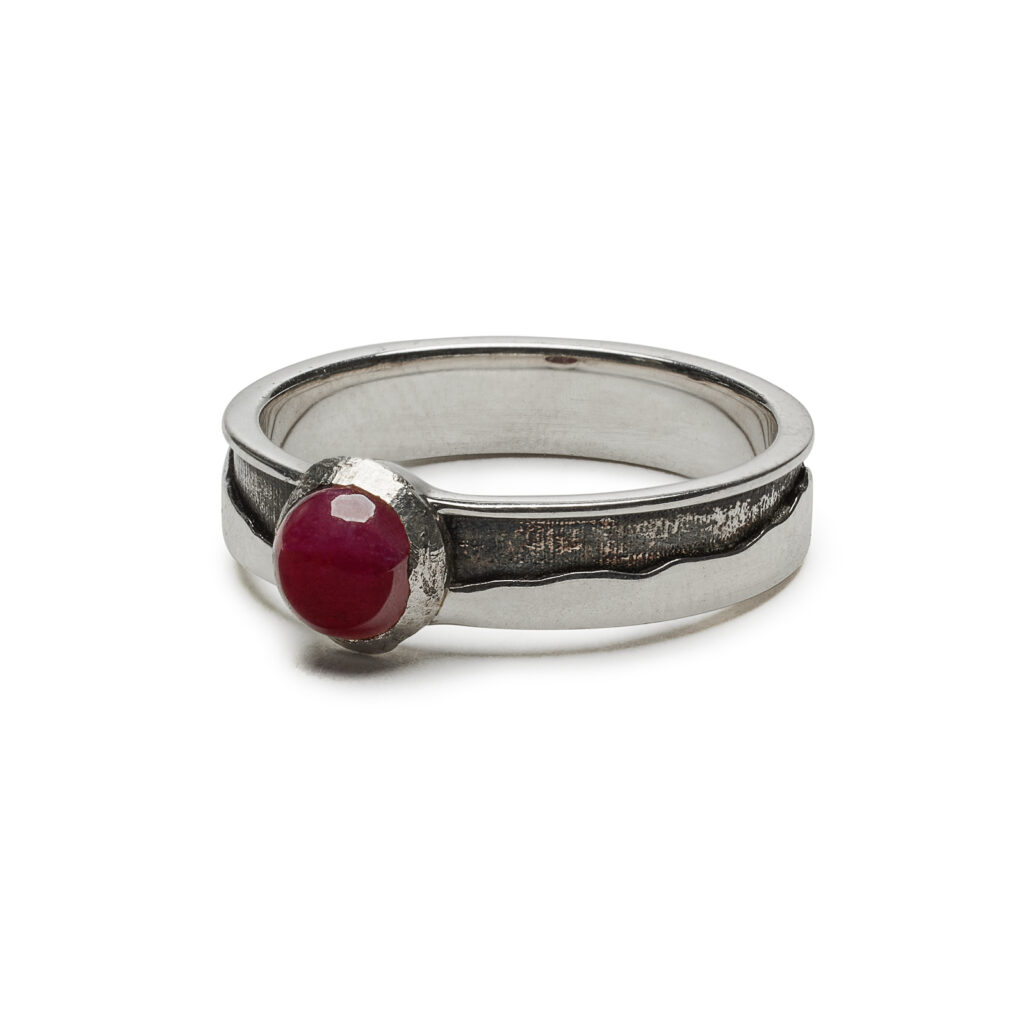There is a lot to consider when choosing a gemstone. I have put together this information to help.
Stone types
I prioritize ethically sourced gemstones and sustainable metals in all my work. Both casting companies I collaborate with use recycled metals, and all stones are purchased from suppliers who follow best practices. Some stones are traceable back to their mines, while others are sourced responsibly but not traceable. I also offer lab-grown stones, which avoid the ethical issues associated with mining labor. Please contact me with questions about specific stones—I’m happy to help!
Natural
Natural gemstones are highly valued for their unique beauty. All natural stones I use are responsibly sourced, with no conflict diamonds. You can read more about conflict-free diamonds here.
Lab Grown
Lab-grown stones are chemically identical to their natural counterparts. They are man-made, more affordable, and free from the ethical concerns of mining.
Imitation
I do not use imitation stones. These stones may look like natural gemstones but do not share the same physical, chemical, or optical properties.
Round Stones
Colorless Stone Options
Natural Diamond
Classic, beautiful, and available in many colors, clarity, and carat sizes. I guide clients through choosing the right stone.
Lab Grown Diamond
Same chemistry as natural diamonds, more affordable, and ethically sourced.
Moissanite
Sparkly, durable, and budget-friendly alternative to diamonds.
Colorless Sapphire
Stunning on its own, but not a diamond substitute due to different optical properties.
Sourcing Stones
All CRJ sourced stones are from no conflict sources and are GIA certified. It is rare, but at times stones will break in the setting process, especially if they have inclusions, chips or other imperfections. If I am sourcing the stone and it breaks while setting, I will replace that stone. If you provide the stone, I will send you a release form for that stone.
CRJ sourced stones
I can help you select the best stone for your custom piece. I source stones for in-person or virtual viewing, so you can choose the one you love. If a stone breaks during setting, I will replace it.
Customer provided stones
Have heirloom stones or gems from another ring? I can help you repurpose them into a new design.
Customer sourced stones
If you source your own stones, choose GIA-certified options and verify return policies.


